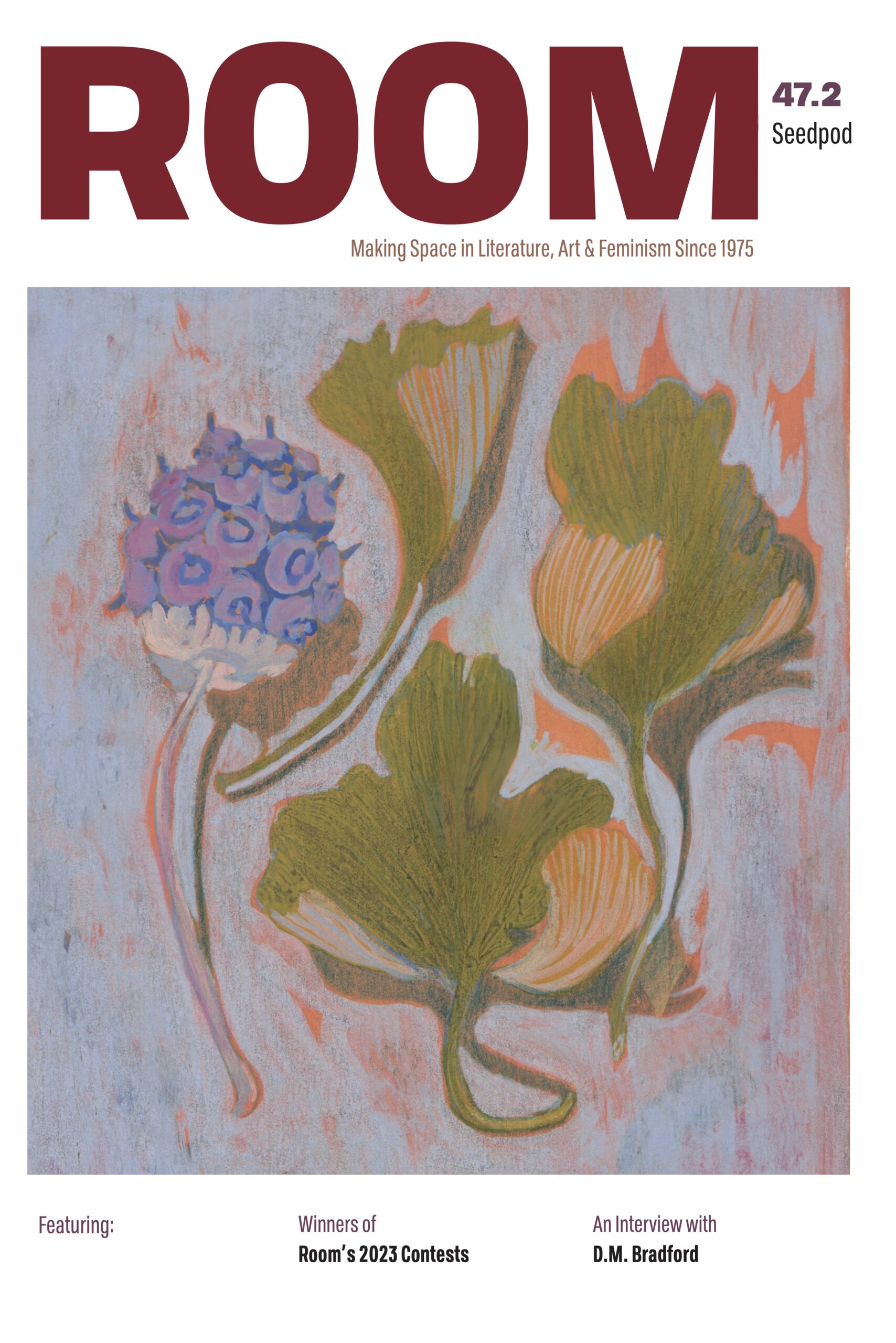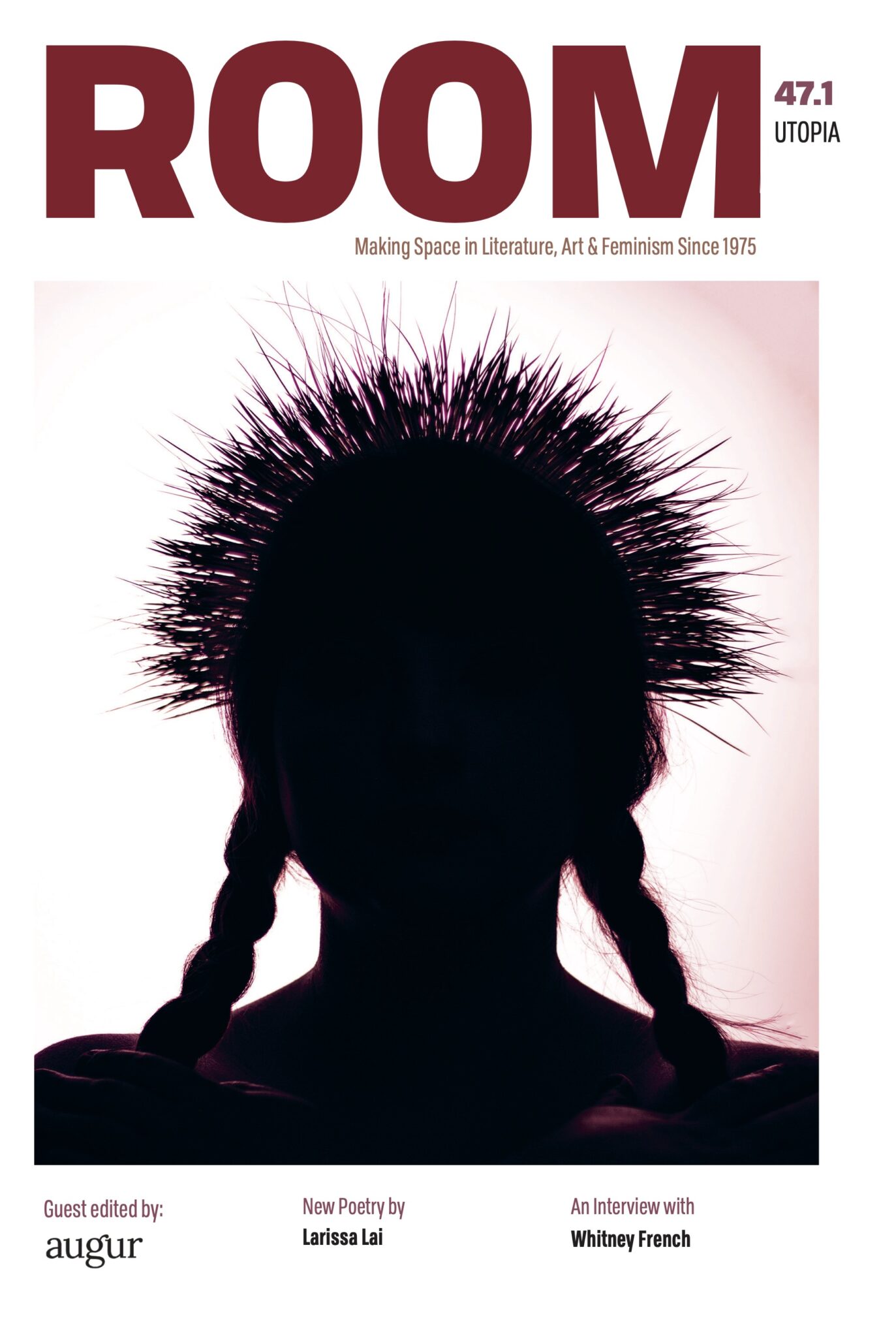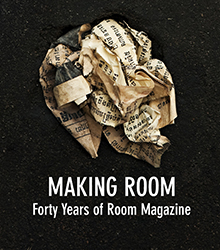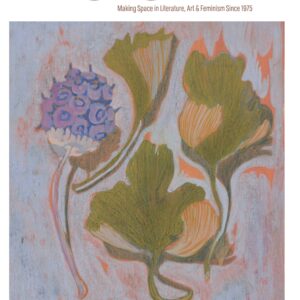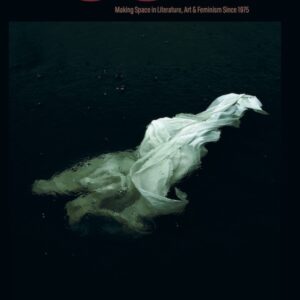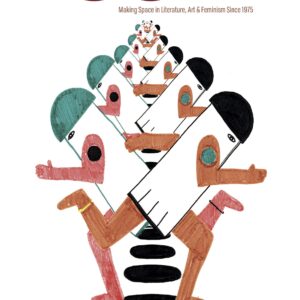Poet and essayist Nicole Breit is the winner of Room’s 2016 CNF contest. Her piece, “An Atmospheric Pressure,” is published in our most recent issue—Room 39.4 “This Body’s Map”—and explores the complex emotional ground that accompanies the death of a first love. We recently had the chance to chat with Nicole about her writing process for “An Atmospheric Pressure,” what it means to excavate a memory, and the revelations that can come from writing about the self.
Poet and essayist Nicole Breit is the winner of Room‘s 2016 CNF contest. Her piece, “An Atmospheric Pressure,” is published in our most recent issue—Room 39.4 “This Body’s Map”—and explores the complex emotional ground that accompanies the death of a first love. We recently had the chance to chat with Nicole about her writing process for “An Atmospheric Pressure,” what it means to excavate a memory, and the revelations that can come from writing about the self.
Room: How did you get started with CNF? Which authors do you admire?
NB: One of my university professors used to read to us from Barbara Kingsolver’s High Tide in Tucson—that’s when I fell in love with the personal essay. I’d written poetry since high school, but this was the genre I was waiting for. Often my work straddles poetry and prose; I am a big fan of the lyric essay and the prose poem.
I admire too many authors to name, but I’ll try! Caroline Adderson, Lynn Coady, and Lisa Moore for fiction. For CNF writers, I love the work of Brenda Miller, Susan Olding, Lia Purpura, Evelyn Lau, and many more. I’ve read Dinty W. Moore’s “Son of Mr. Green Jeans” with rapt attention and amazement numerous times—Moore’s online magazine, Brevity, publishes stunning works of flash non-fiction.
There are so many poets whose work I love, too: a few include friend and mentor, Laisha Rosnau (whose poems and novel, The Sudden Weight of Snow, are so smart and gorgeous), Amber Dawn, and Raoul Fernandes.
Room: I’ve heard some authors argue that memoir and/or writing about one’s self is self-indulgent. As a writer of personal essays, and CNF more generally, how do you respond to these comments?
NB: I don’t think writing about oneself is inherently self-indulgent, but some writing can be. I think it comes down to intention; if you’re writing for yourself that’s one thing, but if you’re writing for an audience care must be taken to invite a reader into your experience. Otherwise you’re that person who just keeps talking about themselves at the party. No rants. No long tangents that don’t serve the story.
In a way, I think all writers are writing about themselves; where else does the story come from? The writers I find most compelling are the ones who reveal their secrets, show the vulnerability we’re taught to hide. Done well, writing about oneself can change the writer and forge a real connection with a reader; the shared experience can be transformative for both.
Room: Your piece deals with a devastating event that happened during the narrator’s adolescence. After experiencing a trauma, how much temporal distance do you think is necessary to write effectively about the event(s)?
NB: I think writing effectively about trauma depends on whether that trauma has adequately been processed and grieved. In this case, quite a lot of temporal distance was required. I wrote An Atmospheric Pressure twenty-five years after the events took place. I don’t believe I could have written it sooner. I always knew I would write about my friend, his early death, and what he meant to me, but I had to be ready to immerse myself in those memories—to deal with difficult emotions I’d done a very good job of suppressing. This story couldn’t have emerged until my early 40s because I couldn’t access it; I didn’t have the emotional distance, the life experience or perspective, nor the skill as a writer to work with it.
Room: Was it difficult to access those memories so long after the events took place? What was your “excavation” process?
NB: I felt very deeply, more so than with my other work, that I had to get it right. If I was going to try to give my friend a part of his life back, a presence on the page, I couldn’t be sloppy about it. So I undertook a kind of investigative journalism into my own life by immersing myself as much as I could in the past.
I re-read journals and looked at my old yearbooks. I visited my old neighbourhood, haunted the places he and I used to go. I put out an “ask” on facebook for memories and stories about my friend. Then some Law of Attraction type synchronicity occurred. Friends I hadn’t seen since high school appeared in surprising places—the swimming pool, my children’s school—who were able to remember him with me. I reconnected with his sister. I wanted, desperately, to track down some pictures of him; I thought photos would help trigger more memories, but no one seemed to have any. So I turned to music – the music I loved from the late 80s that could transport me back to those first romantic feelings, which were the hardest to access. The devastation I remembered; the falling in love part was under lock down, trapped on the other side of sorrow.
Room: How did you arrive at “An Atmospheric Pressure” as your title? What about this phrase encapsulates the piece as a whole?
NB: An atmospheric pressure suggests the natural forces that are bigger than the girl, out of her control, as well as the larger spiritual forces that seem to be at work, particularly around her friend’s death.
The atmosphere is incredibly powerful, and palpable, as she falls in love; it has a ripening effect on her, the plants and trees, the ravine, and everything around her. I realize as I write this that the atmosphere is expressing the pent up feelings she would like to express but can’t.
Later, the warm sunny days when he dies the next spring— the atmosphere is no longer sympathetic. The weather oppresses her, weighs her down, angers her. It’s betrayed her. It’s the only place to direct her rage, with no one to blame for the loss of such a young, sweet person, such a bright light.
Room: I haven’t read many CNF pieces in third person. Why did you choose this perspective?
NB: The girl I was at sixteen feels like another person—someone I know really well, but can now look at from an observational standpoint. Depersonalization – the sense that you are watching yourself from a distance – frequently happens after a traumatic event. Third person POV also allowed me to stand back and direct attention to this girl’s secret life, to invite the reader to watch her fall in love for the first time. It let me be a witness, to acknowledge and honour her experience. I wanted to be right beside her in those moments when she is most alone, confronted with the death of the first boy who mattered to her—the moment when innocence and hope and the possibility of a future is suddenly gone.
Room: I love the structure you’ve implemented here. You jump back and forth through time, snippet by snippet, until the piece converges on what we might call the “climax.” What made you choose this structure for this particular piece?
NB: This piece came about in a very collage-like way. I had carried those clear, crisp scenes with me, and wrote them out trying to figure out how to weave them into a story. They flowed chronologically but a flash of inspiration nudged me to try alternating scenes back and forth through time—an intuitive decision that fortunately seems to have worked well for the piece.
Room: As a CNF writer, I find I am constantly learning about myself, my own life, when I write. Personal writing often gives me clarity. What are your thoughts on this? Did you learn anything new about yourself and your relationship to the events while writing “An Atmospheric Pressure”? Did anything you learned surprise you?
NB: Yes, absolutely. I often feel a sense of discovery as I write, and I learned a lot about myself and my friend in the process of writing this piece.
Writing this story had me looking back at a young girl’s determination to contain her emotions as she tries to navigate love, desire, and grief over the course of one year. I was able to look at that girl with so much compassion, something I never felt for myself at the time. Do you remember being sixteen, and how much romantic love and self-preservation mattered, and how frequently those needs were in conflict? There was so much at stake. My hopes were as big as my fears at every turn. I didn’t have the words to articulate my feelings, nor did I believe those feelings would be understood if I could. How could I help but internalize such intense emotions in a culture that doesn’t know how to talk to young people about love, sex and death?
“An Atmospheric Pressure” was written after I’d met with my friend’s sister, as part of my “it’s time to look at this” thinking/writing/grieving process. When I told her how much I loved her brother, she said I was special to him, too, but he could never tell me because he was too shy. I wasn’t looking for new insights that would lead to new interpretations of the past. I just wanted to talk with someone who was close to my friend and could remember him with me. The story I’d told myself for decades, the one I was prepared to write, was an unrequited love story. I had to look at everything all over again, to open myself up to the possibility that my perspective was flawed—and now I see how deeply it was, because, whatever that boy may have felt, what emerged at the heart of these stories is a girl who doesn’t believe she deserves love.
“An Atmospheric Pressure” is testing that late revelation, to find the proof, to substantiate what might have been true. Look, the story is asking. Look at these young people who keep surprising each other. Observe their innocence, how sweet they are with each other, how unassuming. Watch how they interact and you can see it: this is friendship, this is love.
Room: This was an exciting year for your writing! You won the 2016 CNFC/carte blanche award as well as a reader’s choice award for an essay published in Hippocampus. What is next for you and your writing?
NB: I’m very grateful for the recognition my work has received. Shame Shame, which won Hippocampus magazine’s Most Memorable Award, is part of a chapbook with the theme of first love and loss that also includes An Atmospheric Pressure. I would love for it to find its literary home in 2017.
My bigger goal is to complete a full manuscript, a hybrid collection of poems and CNF, that answers the question, What happens to someone, to their search for love, when this is their first romantic experience? Now I see how disenfranchised grief affected me in high school and in my 20s. I’ll be writing towards that farther reaching story and hope in a few years it will find its literary home, too.
I’m also planning to start teaching creative writing online via my website. It feels like a natural fit; I’m a writer who is also a passionate learner and a former certified teacher. I’m very much looking forward to engaging with other lovers of CNF and their work!
Photo credit: Jon Pernul

